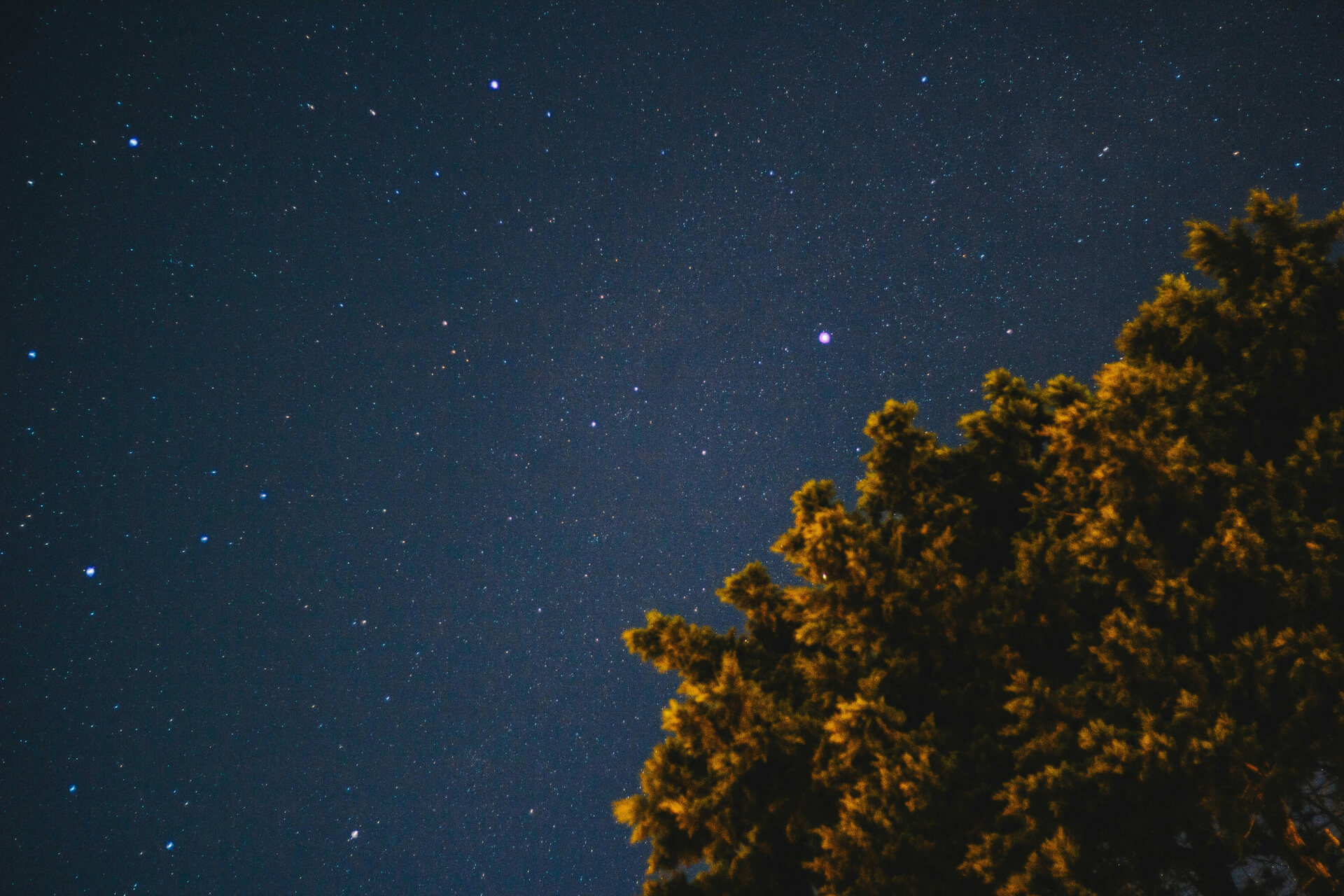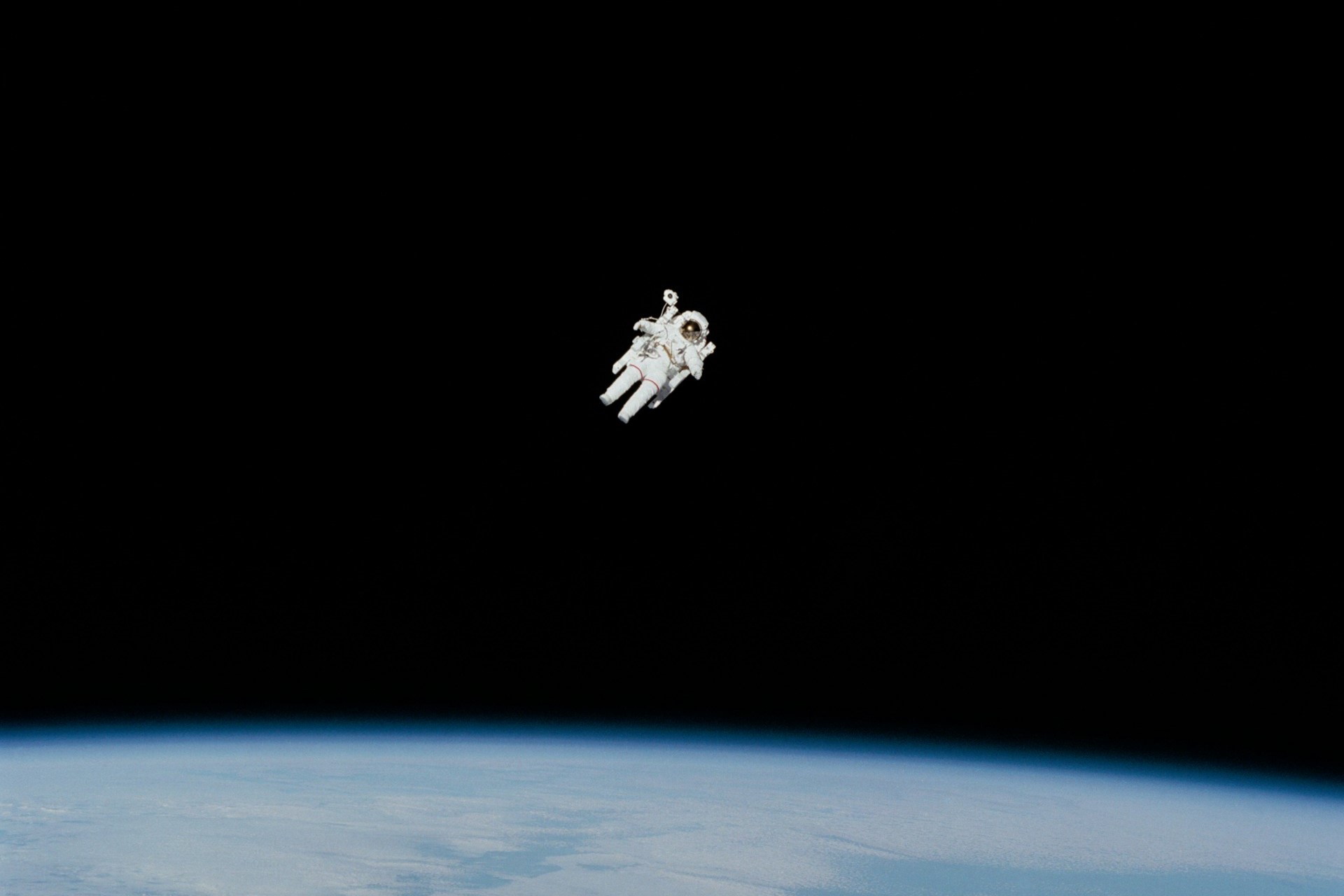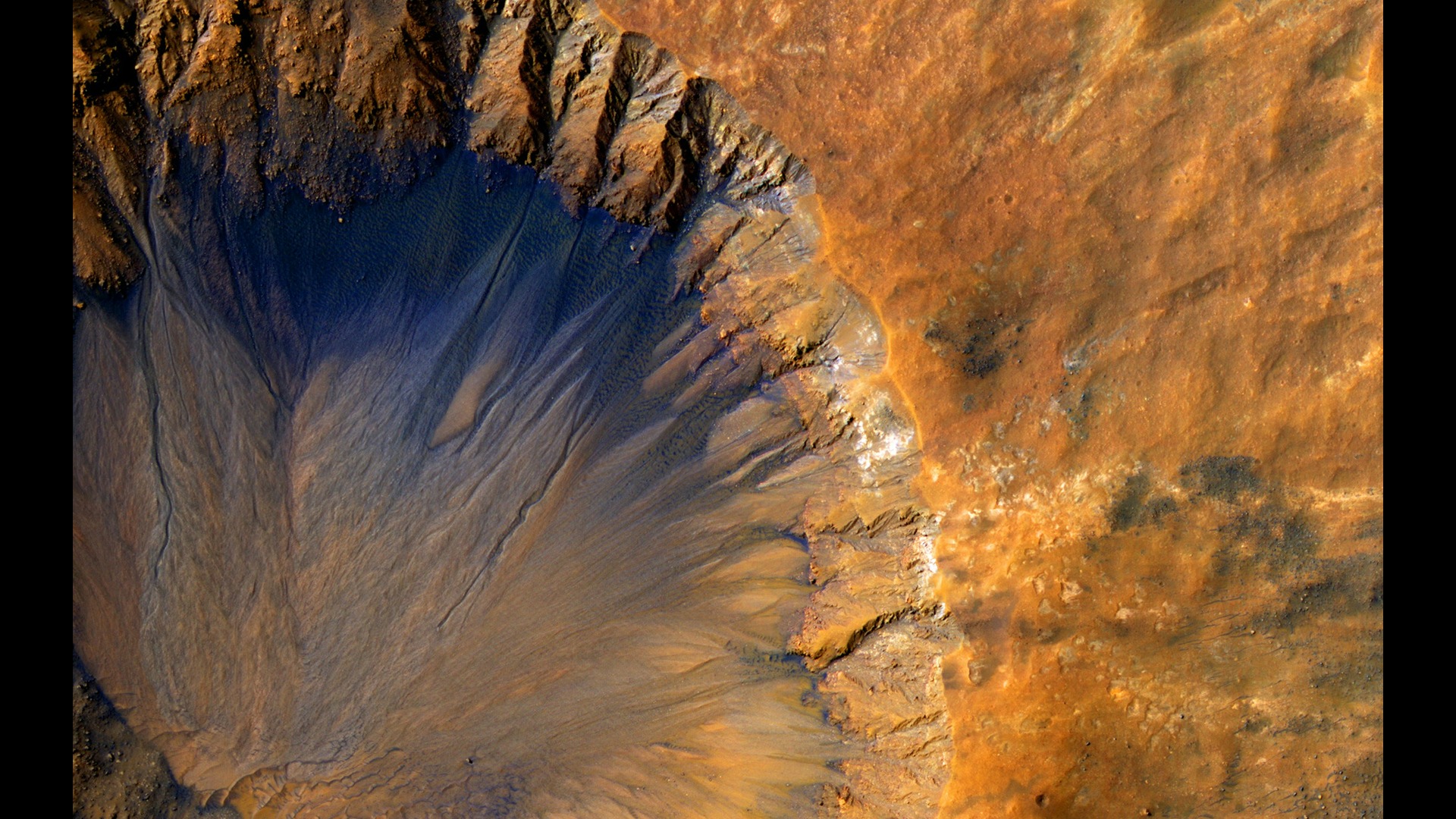
Does This Interstellar Asteroid Contain Alien Life?
January 23, 2018 - Emily Newton
Revolutionized is reader-supported. When you buy through links on our site, we may earn an affiliate commission. Learn more here.
Our solar system now contains an asteroid from another solar system. While we’re probably intergalactic neighbors, this rock represents contact from a place we have no way of reaching. Even our farthest-reaching space probes, Voyager I and II, have only exited our solar system, not the galaxy. We’ve never been able to explore an area from this far away.
That means scientists are willing to put pretty much anything on the table. The interstellar asteroid, which was first discovered in October 2017 as it whizzed through our solar system, has peaked everyone’s interest. Now dubbed Oumuamua, it’s unlike any asteroid we’ve encountered before. Still, astronomers are wary of putting too much faith in it. It’s likely to be completely natural, just like all the other asteroids and comets we’ve encountered.
The Tools for Investigating
Even though most scientists are trying not to get too excited, they’d still rather be safe than sorry. The asteroid is unusual for many different reasons. It’s the first time scientists have seen an interstellar object like it. It’s approximately 80 miles wide and only a quarter mile long, making it shaped roughly like a cigar. It also has an immense variety of brightness, which indicates it rotates on a regular basis. The changes in light also gave astronomers the approximations for its size.
It appears to be entirely chemically inactive, which indicates it consists almost entirely of metal and rock and has no water or gases. It’s one additional factor that would seem to suggest the asteroid is a natural phenomenon, but the unusual shape is still intriguing. It’s the first time astronomers have solid proof that these interstellar rocks behave like asteroids, not comets.
This discovery could dramatically increase the number of interstellar objects we find, and that means scientists need to do what they can to check it out. They are using the Green Bank Telescope (GBT), one of the largest in the world, which will listen to the asteroid. The telescope is enormous, extending 2.3 acres across West Virginia within the U.S. National Quiet Zone. Researchers can use it for a variety of different investigative processes, including radio transmissions, astronomy, chemistry and physics.
Checking for Signs
The Oumuamua interstellar asteroid may have traveled for hundreds of millions of years before reaching our solar system. Looking at it and investigating it for signs of alien life was only the first step. Even if scientists don’t find signs of extraterrestrial life, there is still a lot to learn from such a distant, unusual object. The first phase of the investigation lasted about 10 hours and used four different radio transmission bands.
Scientists’ tendency to be cautious was rewarded, since the first phase, completed on Dec. 14, didn’t reveal anything unnatural about the asteroid. The GBT spent a few hours listening to a frequency range from 1-12 GHz. So far, researchers have analyzed only a small portion of those frequencies, but they did not find anything. The whole investigation is part of the Breakthrough Listen Project, which was set up to listen for signs of extraterrestrial life in 2015.
Breakthrough Listen was backed by Stephen Hawking and Russian billionaire Yuri Milner. They put millions of dollars into the expected 10-year project. Since it started in 2015, it has yet to pick up any signs of alien life. For the most part, the project is pointing large telescopes, like GBT, at distant stars to pick up on any potential radio transmissions that could be from extraterrestrial life.
This is the only time it’s been used to examine an interstellar asteroid that’s flying through our solar system, and that opportunity will be brief. Hopefully, with the new understanding we have about how interstellar objects behave, we’ll find more opportunities to use them.
What is going to happen to the Oumuamua? Lucky for us, it’s not on a collision course with the Earth. If it were, it would make the asteroid that wiped out the dinosaurs look like child’s play, thanks to the increased impact speed. Right now, it’s expected to swing past Saturn by 2019, so we have to get our study of the interstellar asteroid in significantly ahead of that.
The Age-Old Questions
We may not have found alien life with Oumuamua, but it is indeed an enlightening object for us to explore. We now have the opportunity to study many more interstellar objects, and will probably start to recognize more of them all around us. That could lead us closer to answering the age-old universal question: Are we alone?
Featured Image Source: NASA / JPL
Revolutionized is reader-supported. When you buy through links on our site, we may earn an affiliate commission. Learn more here.
Author
Emily Newton
Emily Newton is a technology and industrial journalist and the Editor in Chief of Revolutionized. She manages the sites publishing schedule, SEO optimization and content strategy. Emily enjoys writing and researching articles about how technology is changing every industry. When she isn't working, Emily enjoys playing video games or curling up with a good book.







